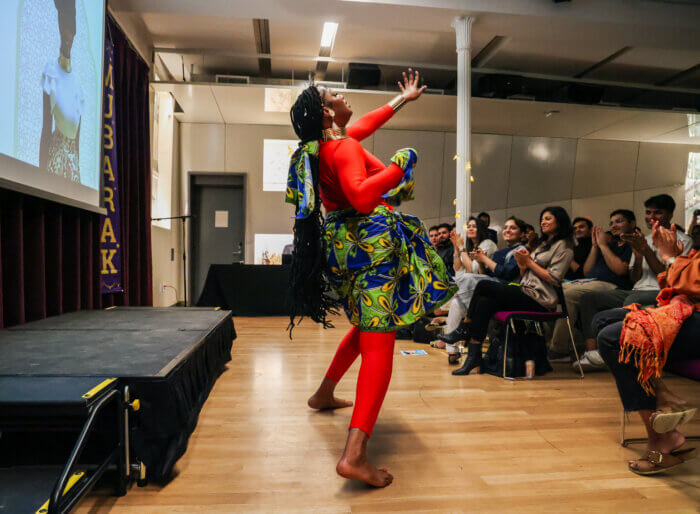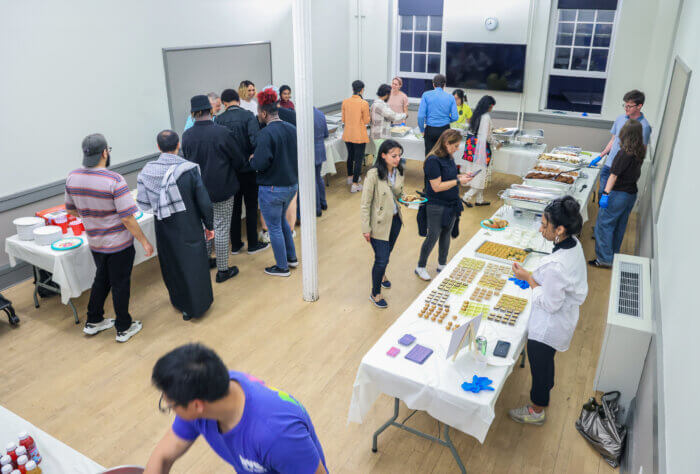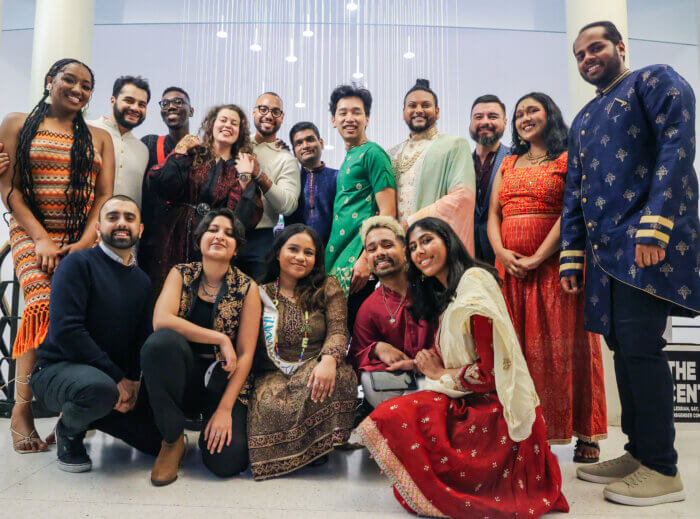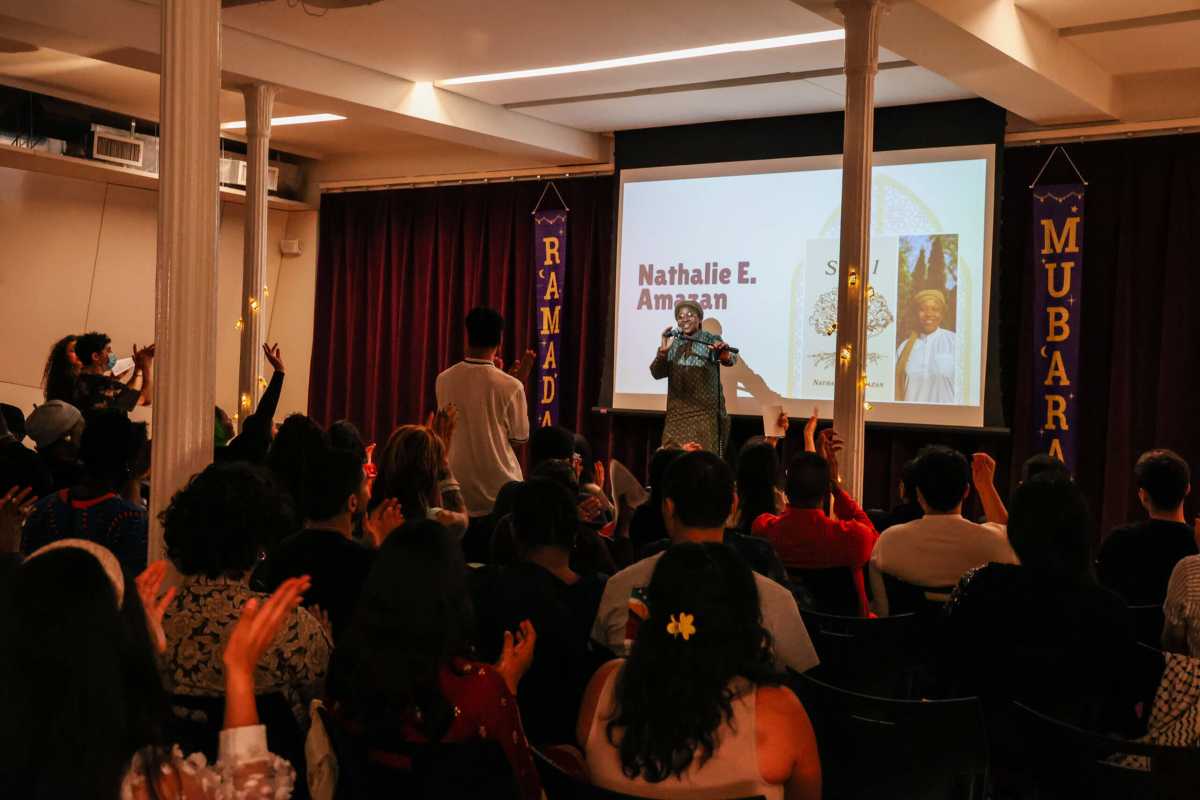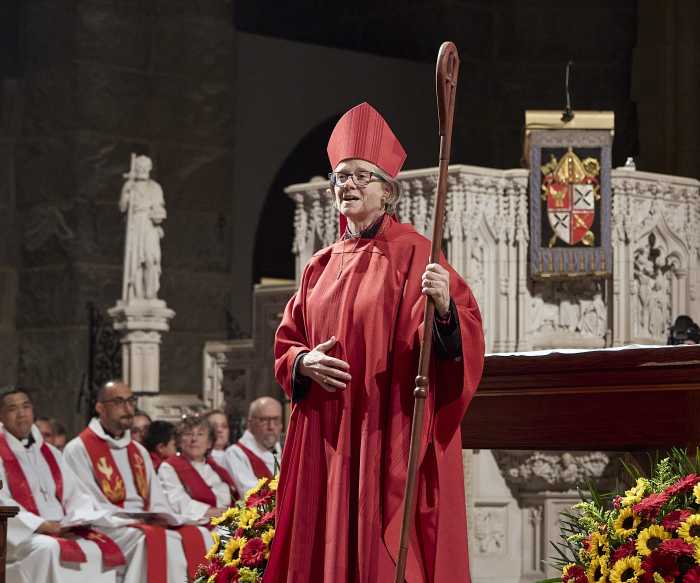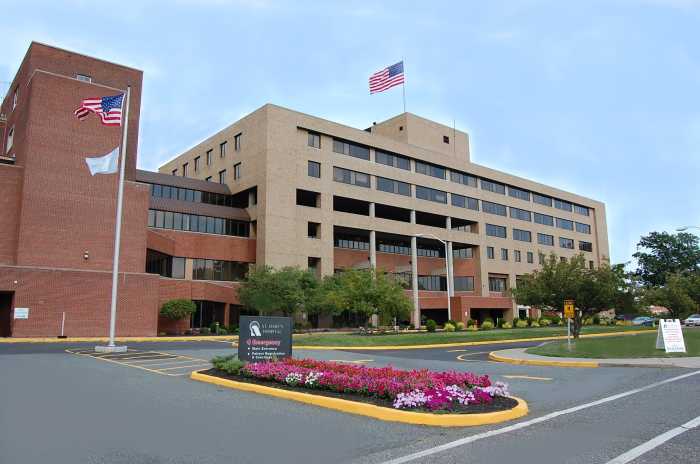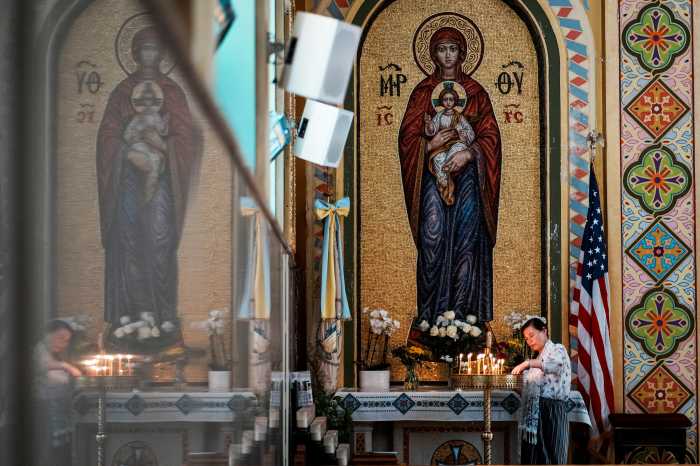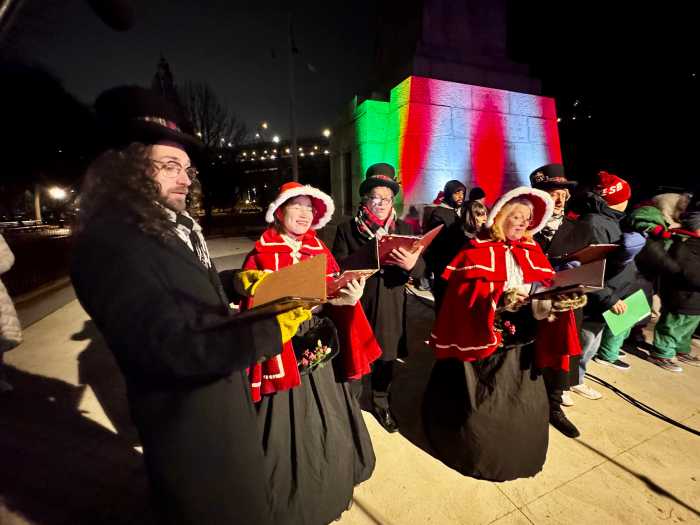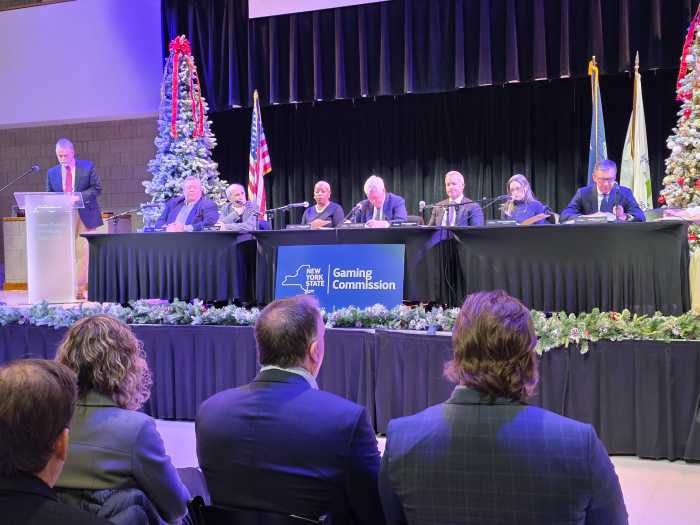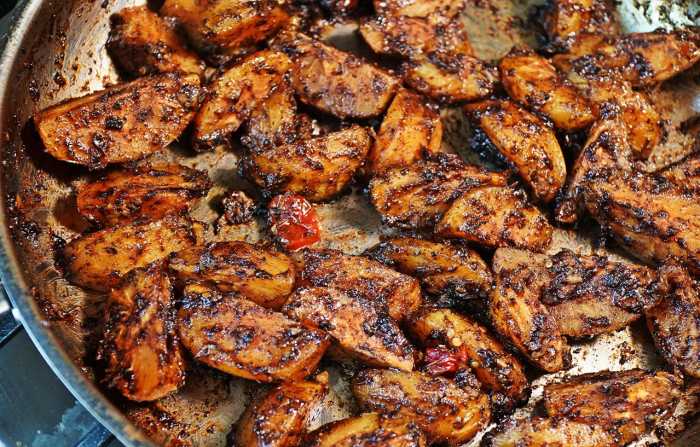Community members and organizations joined together at the LGBT Center in Manhattan on April 12 for an Iftar dinner and other festivities coinciding with the holy month of Ramadan.
The Iftar dinner — a meal that begins at sundown to break the daily fast during Ramadan — started at 6 p.m. and continued for the next several hours as attendees packed the room and enjoyed food, speakers, music, poetry, and more. More than 150 people attended the event, which marked the largest one yet, according to organizers.
The annual event has been held every year since 2017. It was originally established in response to the Trump administration’s ban on individuals from predominantly Muslim countries. The annual event was co-founded by leaders of the Caribbean Equality Project, Tarab NYC, SALGA NYC, and Muslim Alliance for Sexual and Gender Diversity, in partnership with the LGBT Community Center and the Commission on Human Rights.
Mohamed Q. Amin, the leader of Caribbean Equality Project, said the annual event offers LGBTQ people a safe space to be themselves.
“The love and intentionality that goes into planning the LGBTQ+ Community Iftar each year inherently cultivates a cross-cultural and knowledge-sharing opportunity for people to redefine their Islam, reconnect with their faith, and affirm how they navigate this world,” said Mohamed Q. Amin, founder and executive director of Caribbean Equality Project. “The annual LGBTQ+ Community Iftar provides the diverse Queer & TGNC Muslim community in New York City with an opportunity to break fast during Ramadan with gender-neutral prayer, education, storytelling, culturally responsive entertainment, and delicious food.”
Daniel Reyes, who is the chief programs officer at the LGBT Center, said, “From its inception, this celebration has left an indelible mark on our Center community and on Queer Muslim people across our City, and the world. This Iftar dinner is historic because it makes manifestly clear that queerness and spiritual practice can co-exist, and that we must hold space for those intersections to thrive.”
See some photos below:
